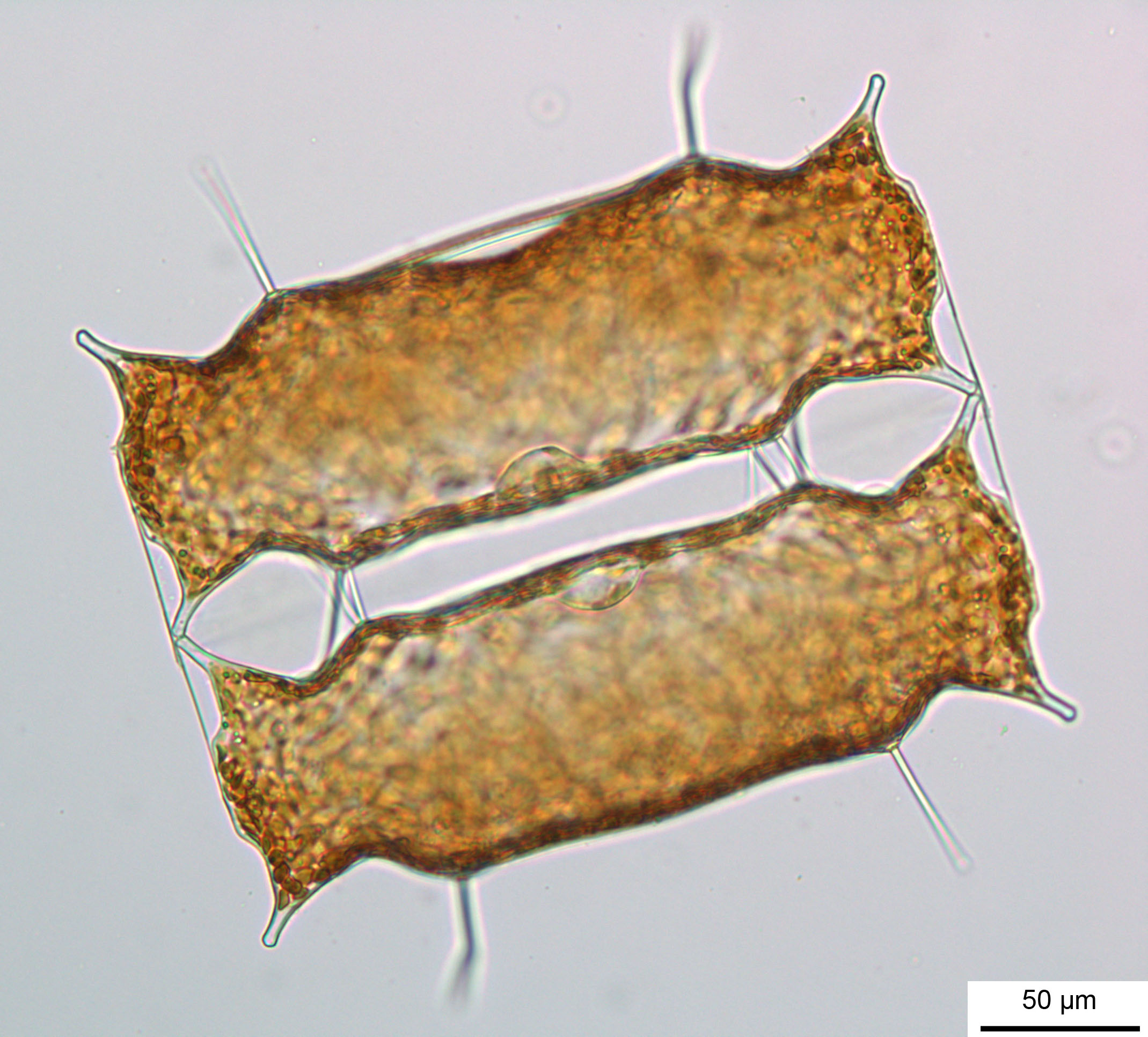Link between diatoms and a novel anti-fouling strategy

For many years, researchers thought of bacteria as individual cells, unable to interact with one another. However, this view changed dramatically with the discovery that bacteria can sense each other and coordinate their behavior in a process known as quorum sensing. Instead of a language bacteria utilize signal molecules to communicate.
Diatoms are a major group of algae and one of the most common types of phytoplankton. Diatoms and bacteria have co-occurred in common habitats for millions of years. However, scientist’s understanding of these ancient organisms interactions is quite limited. In aquatic environments, all surfaces are susceptible to biofouling, which is the accumulation of microorganisms, plants, algae, or animals on wetted surfaces. Interestingly, biofouling is directly linked to quorum sensing. Therefore, discovering methods of interfering with quorum sensing has triggered scientists to provide novel anti-infective and anti-fouling strategies.
Previous research has shown that diatoms produce a variety of halogenated compounds, which are involved in interactions between competing species. The production of these compounds is linked to enzymatic activity and more specifically haloperoxidases. In this collaborative research, between the laboratory of Protistology & Aquatic Ecology and the Synbioc research group it was shown that the natural haloperoxidase system from the benthic diatom Nitzschia cf pellucida is also involved in diatom-bacteria interactions by chemically inactivating a certain type of quorum sensing molecules. The disruption of these signal molecules can prevent bacteria from creating biofilm and therefore could be exploited as a novel anti-fouling strategy.
Read the published paper here.
Read a press relaese in Dutch here.
